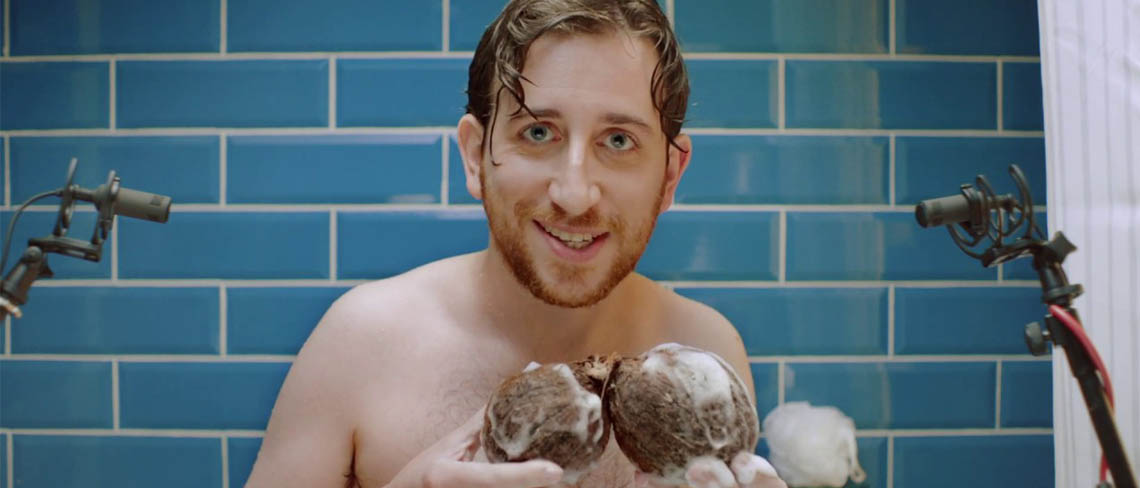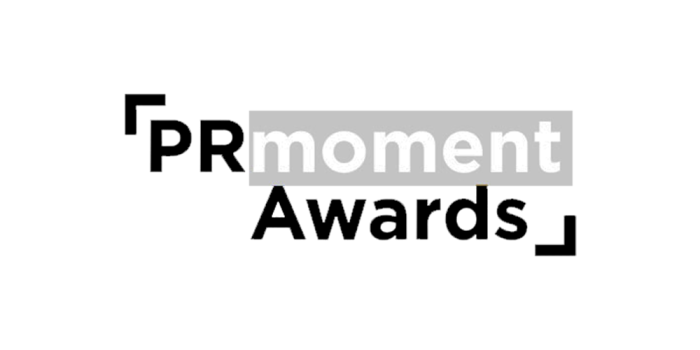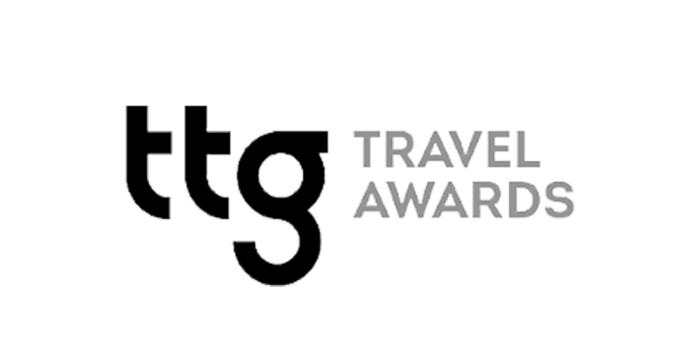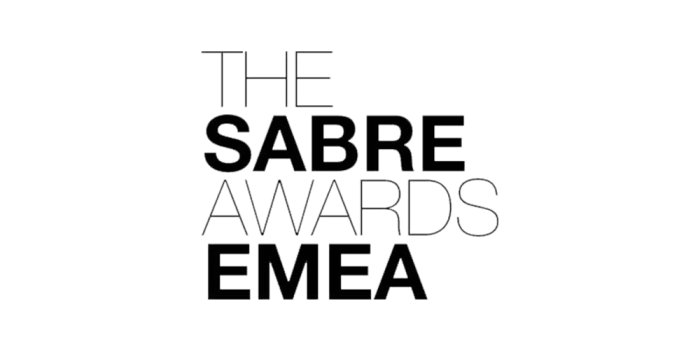
Last week Apple released a series of ASMR videos to advertise the company’s latest ‘Shot on iPhone’ Campaign. Created to demonstrate the power of the iPhone’s camera and microphone capabilities, the videos showcase the latest use of ASMR to promote a brand.
ASMR (Autonomous Sensory Meridian Response) started as an internet trend around a decade ago and has rapidly gained mainstream popularity over the last 12 months. The Michelob ASMR ad, which featured in our 2019 Super Bowl round-up, was one such case of a brand taking ASMR content to a mainstream audience.
But will ASMR really take off or will it become another fad, consigned to the history books of transient marketing experiments?
How is ASMR used in PR and marketing?
ASMR is a physical reaction elicited through combinations of sound, including quiet, hushed and repetitive noises. This neurological phenomenon is most commonly manifested as a tingling across the scalp.
We all know that capturing – and keeping – the attention of your target audience is challenging. Where video has been taking a lead on audience engagement in recent years, audio is starting to take over. Podcasts and audio books are popular because people are often now consuming content while on the move.
At the time of writing there are 6.4 million Instagram posts with the ASMR hashtag and it’s clear how it evokes a unique sensory reaction. Done well, it can hold an audience for a surprisingly long time in the world of marketing, meaning brands have the opportunity to subtly feed their message through in a more pleasing, satisfactory fashion.
How other brands have used it…
Ikea – ‘Oddly Ikea’ 2.6m views
This 25-minute video from Swedish furniture giant, Ikea, was created to promote its range of ‘dorm solutions’.
Verdict: A clever way to advertise to a younger audience, the listener is given a tutorial on how to make the most out of your dorm, all whilst eliciting a positive ASMR feeling for viewers.
Lynx – ‘Shavetorials’ – 81,099 views
https://youtu.be/Yn9q2fS15pA
In perfect Lynx fashion, this ‘spoof’ ASMR video is where we start to see brands playing fun at the trend. To promote its new range of 2-in-1 Shower & Shave Foam products, Lynx released a series of instructional videos offering advice on how best to shave different areas of the body.
Verdict: Entertaining, engaging, disturbing.
National Rail – ‘National Rail ASMR’ 48,979 views
Featuring popular ASMRtist, Emma Smith, the 27-minute video takes you on a trip through the Lake District, describing the sights and sounds of a relaxing train journey as well as the best part of every journey: the snacks.
Verdict: National Rail has tapped into the very British passion for food and travel while subtly promoting its network, offers and comfort of the trains. Random, but harmless.
Although ASMR hasn’t taken off quite as we had imagined after its big night out at the Super Bowl, we have still seen brands utilise it to great effect.
Given how cheap it is to create ASMR videos and how difficult it is for brands to generate organic views on long-form video, it’s definitely a worthwhile endeavour. Only time will tell whether ASMR will find a permanent place within the marketing mix, but for now, the jury is still out.
By James Richards, Account Executive






